On April 21, 2025, the global Catholic community and the world at large mourned the passing of Pope Francis I, the first Latin American pontiff and a transformative figure in the Roman Catholic Church.
His death, announced on Easter Monday, marked the end of a 12-year papacy defined by humility, advocacy for the marginalized, and bold efforts to reform an ancient institution.
At 88 years old, Pope Francis left behind a legacy that will resonate for generations, even as the Vatican prepares for the intricate rituals and transitions that follow the death of a pope.
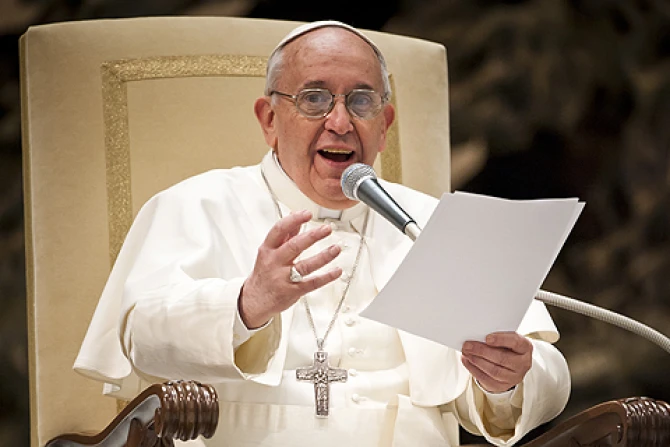
Pope Francis I Bio-Data
| Name | Jorge Mario Bergoglio |
| Age | 88 years old |
| Place of Birth | Buenos Aires, Argentina |
| Nationality | Argentine |
| Date of Birth | December 17, 1936 |
| Date of Death | April 21, 2025 |
| Religious Views | Roman Catholic |
| Cause of Death | Unconfirmed; speculated to be a stroke or brain hemorrhage following a prolonged respiratory illness (double pneumonia and respiratory tract infection) and early-stage kidney failure during a 38-day hospitalization in February–March 2025. |
| Source | Bsgistnews.com |
What Was the Cause of Pope Francis’ Death?
The exact cause of Pope Francis’ death remains officially undisclosed by the Vatican, but it followed a prolonged period of health challenges.
Italian media speculated that the pontiff may have suffered a stroke or brain hemorrhage, though these reports remain unconfirmed.
Pope Francis death came just weeks after a 38-day hospitalization in February and March 2025 for a severe case of double pneumonia, compounded by a respiratory tract infection.
During this hospital stay at Rome’s Gemelli Hospital, Francis experienced critical conditions, including a prolonged respiratory crisis requiring high-flow oxygen and early-stage kidney failure.
Despite his discharge on March 23, 2025, and a public appearance on Easter Sunday, his health remained fragile, and his passing was both sudden and, to some, anticipated given his recent medical history.
How Old Was Pope Francis When He Died?
Pope Francis, born Jorge Mario Bergoglio on December 17, 1936, in Buenos Aires, Argentina, was 88 years old at the time of his death.
Elected as pope on March 13, 2013, at the age of 76, he was one of the oldest pontiffs in the Church’s history.
His age and chronic health issues, particularly respiratory ailments, were well-documented throughout his papacy, yet his resilience allowed him to maintain an active role until his final days.
What Time Did Pope Francis Pass Away?
Pope Francis passed away at 7:35 a.m. Central European Summer Time (CEST) on April 21, 2025, at his residence in the Domus Sanctae Marthae, the Vatican guesthouse where he had lived modestly throughout his papacy.
The timing of his death, on the morning after Easter Sunday, added a poignant spiritual significance, as it followed his final public blessing to the faithful gathered in St. Peter’s Square.
Who Announced Pope Francis’ Death?
The death of Pope Francis was formally announced by Cardinal Kevin Farrell, the Camerlengo of the Holy Roman Church, at 9:45 a.m. CEST, approximately two hours after the pontiff’s passing.
Cardinal Farrell, an American of Irish origin, delivered the somber news from the chapel of the Domus Sanctae Marthae in a broadcast by Vatican Media and a video statement.
His announcement read, in part: “Dearest brothers and sisters, with deep sorrow I must announce the death of our Holy Father Francis.
At 7:35 this morning, the Bishop of Rome, Francis, returned to the house of the Father.
His entire life was dedicated to the service of the Lord and of His Church.” As Camerlengo, Farrell assumes the role of the Vatican’s de facto administrator during the interregnum until a new pope is elected.
What Happened to Pope Francis?
Pope Francis’ final months were marked by significant health struggles.
On February 14, 2025, he was admitted to Gemelli Hospital in Rome with bronchitis, which rapidly escalated into a polymicrobial respiratory tract infection and bilateral pneumonia.
His condition was described as critical, requiring blood transfusions and high-flow oxygen.
By February 22, Vatican News reported a “prolonged respiratory crisis,” and on February 23, early-stage kidney failure was confirmed, though his condition was said to be “under control.”
Thousands of faithful gathered in St. Peter’s Square to pray for his recovery, and on March 6, Francis released an audio message thanking well-wishers.
After his discharge on March 23, 2025, Francis resumed limited public engagements, culminating in a surprise appearance on Easter Sunday, April 20, when he blessed crowds from the balcony of St. Peter’s Basilica and met briefly with U.S. Vice President JD Vance.
Despite looking frail and relying on a wheelchair, his presence delighted worshippers.
However, his health deteriorated overnight, leading to his death the following morning.
Throughout his papacy, Francis faced numerous health challenges, including abdominal surgeries for a hernia and diverticulitis, mobility issues requiring a wheelchair, and recurrent respiratory infections.
His ability to continue his duties, even while frail, was seen as a testament to his commitment to the Church.
Why Did Pope Francis Lose His Lung?
As a young man in his native Argentina, Pope Francis had part of one lung removed due to a severe infection.
At age 21, he contracted a near-fatal case of the flu that developed into pleurisy, an inflammation of the thin outer covering of the lung.
This condition led to the surgical removal of a portion of his right lung.
According to his doctors at the time, the excised lung tissue was not expected to significantly impact his long-term health, though it left him with a decreased respiratory reserve, making him more susceptible to infections like pneumonia and bronchitis later in life.
Francis himself reflected on this experience in his 2020 book Let Us Dream: The Path to a Better Future, noting that the illness profoundly shaped his perspective on life and suffering.
What Happens After a Pope Dies?
The death of a pope triggers a series of time-honored rituals and procedures, outlined in the Vatican’s Universi Dominici Gregis constitution and the Ordo Exsequiarum Romani Pontificis (Funeral Rites for a Roman Pontiff).
These rituals ensure an orderly transition while allowing the global Catholic community to mourn.
Here’s what unfolds:
▪︎Confirmation of Death: The Camerlengo, Cardinal Kevin Farrell, presides over the “rite of the confirmation of death,” traditionally calling the pope’s baptismal name (Jorge Mario Bergoglio) three times to confirm no response. A death certificate is then issued, and the Vatican Press Office notifies the public.
▪︎Preparation of the Body: On the evening of April 21, 2025, Francis’ body was placed in a simple wooden coffin in the chapel of the Domus Sanctae Marthae, following his own request for simplified funeral rites. Unlike past traditions, his body will not be displayed on a raised platform but will remain in an open coffin for mourners to pay respects.
▪︎Public Viewing and Funeral: The Vatican announced that Francis’ body could be moved to St. Peter’s Basilica as early as Wednesday, April 23, 2025, for public viewing, with a procession led by Cardinal Farrell. The funeral Mass, expected to be held in St. Peter’s Square between April 25 and April 27, will be conducted in Latin and Italian, led by the cardinal dean. A nine-day mourning period, known as the novendiale, follows.
▪︎Papal Conclave: Within 15 to 20 days (approximately May 6 to May 11, 2025), the College of Cardinals—comprising 252 members, with 135 eligible to vote (under age 80)—will convene in the Sistine Chapel for the conclave to elect a new pope. The process, conducted in strict secrecy, continues until a candidate secures a two-thirds majority, signaled by white smoke from the chapel.
▪︎Interim Governance: Until a new pope is chosen, Cardinal Farrell oversees Vatican administration, sealing the papal apartments and securing Francis’ private papers.
▪︎Francis’ reforms to the papal funeral rites, approved in April 2024, emphasize simplicity and faith in the resurrection, reflecting his lifelong commitment to humility.
Where Are Popes Buried?
Traditionally, popes are buried in the crypts beneath St. Peter’s Basilica, one of Christianity’s holiest sites, where many pontiffs, including St. Peter himself, are interred.
However, Pope Francis expressed a desire to be buried outside the Vatican at the Basilica of Santa Maria Maggiore in Rome, a church he held dear and visited frequently during his papacy.
This would make him the first pope buried outside the Vatican since Pope Leo XIII, who was interred at the Basilica of St. John Lateran in 1903.
The Basilica of Santa Maria Maggiore, one of Rome’s four major basilicas, is significant for its Marian devotion, aligning with Francis’ deep spirituality.
His burial there will follow a simplified rite, in line with his wishes for a modest farewell.
The exact arrangements, including whether his body will be entombed or placed in a simple grave, will be finalized by the College of Cardinals.
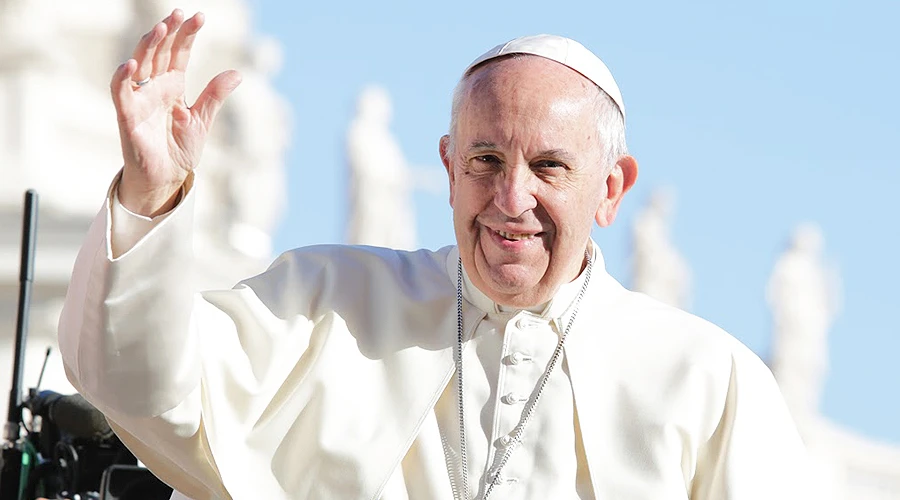
A Legacy of Compassion and Controversy
Pope Francis’ death has elicited an outpouring of grief and tributes from world leaders, Catholics, and people of other faiths.
U.S. President Donald Trump, despite past tensions with Francis over immigration policies, wrote, “Rest in peace Pope Francis! May God Bless him and all who loved him!” Italian Prime Minister Giorgia Meloni called him “a great man and a great pastor,” while French President Emmanuel Macron praised his advocacy for the vulnerable.
Francis’ papacy was marked by groundbreaking reforms, including efforts to address clerical sexual abuse, promote interfaith dialogue, and tackle global issues like climate change and poverty.
His 2015 encyclical on the environment and his outspoken criticism of unfettered capitalism earned both admiration and criticism.
While he opened discussions on once-taboo topics like same-sex blessings, he maintained traditional Church teachings on marriage and abortion, balancing progressive and conservative elements.
As the Vatican prepares for the conclave, speculation swirls about potential successors, including progressive Italian Cardinal Matteo Zuppi, Vatican Secretary of State Cardinal Pietro Parolin, and Filipino Cardinal Luis Antonio Tagle.
The choice will shape the future of a Church Francis sought to make more inclusive and compassionate.
In St. Peter’s Square, mourners gathered in shock and sorrow, many still reeling from seeing Francis alive just a day earlier. “We feel abandoned, alone,” said Marina Magnini, a 66-year-old Roman, echoing the sentiments of millions.
Yet, as the bells of Notre Dame tolled 88 times and the Eiffel Tower dimmed its lights in his honor, the world paused to remember a pope who lived for the poor, the marginalized, and the planet.
Pope Francis’ life and death remind us of the fragility of existence and the enduring power of faith.
As the Catholic Church navigates this moment of transition, his call to “live the values of the Gospel with fidelity, courage, and universal love” will continue to echo across the globe.
Frequently Asked Questions on Pope Francis I
Q. Who was Pope Francis?
Pope Francis, born Jorge Mario Bergoglio, was the 266th pope of the Roman Catholic Church, serving from March 13, 2013, until his death on April 21, 2025. He was the first Latin American pope, known for his humility, advocacy for the poor, and efforts to reform the Church.
Q. When and how did Pope Francis die?
Pope Francis died on April 21, 2025, at 7:35 a.m. CEST in his residence at the Domus Sanctae Marthae, Vatican City. The exact cause of death is unconfirmed, but Italian media speculated a stroke or brain hemorrhage, following a recent hospitalization for double pneumonia and kidney issues.
Q. What was the cause of Pope Francis’ death?
The Vatican has not officially confirmed the cause of death. Speculation points to a stroke or brain hemorrhage, compounded by his fragile health after a 38-day hospitalization in February–March 2025 for severe pneumonia, a respiratory infection, and early-stage kidney failure.
Q. How old was Pope Francis when he died?
Pope Francis was 88 years old at the time of his death. He was born on December 17, 1936, in Buenos Aires, Argentina.
Q. Why did Pope Francis have only one lung?
As a young man, at age 21, Jorge Mario Bergoglio had part of his right lung removed due to a severe infection caused by pleurisy, a complication of the flu. This left him with reduced respiratory capacity, contributing to recurrent health issues later in life.
Q. What was Pope Francis’ health like before his death?
Pope Francis faced numerous health challenges, including recurrent respiratory infections, abdominal surgeries for a hernia and diverticulitis, and mobility issues requiring a wheelchair. In 2025, he was hospitalized for 38 days with double pneumonia, a respiratory crisis, and kidney failure, from which he never fully recovered.
Q. Who announced Pope Francis’ death?
Cardinal Kevin Farrell, the Camerlengo of the Holy Roman Church, announced Pope Francis’ death at 9:45 a.m. CEST on April 21, 2025, via a Vatican Media broadcast from the Domus Sanctae Marthae chapel.
Q. Where will Pope Francis be buried?
Pope Francis requested to be buried at the Basilica of Santa Maria Maggiore in Rome, breaking with tradition as the first pope buried outside the Vatican since 1903. This reflects his devotion to the Marian shrine, which he frequently visited.
Q. What happens after a pope dies?
After a pope’s death, the Camerlengo confirms the death, the body is prepared for viewing, and a funeral Mass is held within 4–6 days. A nine-day mourning period (novendiale) follows, and a conclave to elect a new pope begins within 15–20 days, expected around May 6–11, 2025.
Q. Who will be the next pope after Francis?
The next pope will be chosen by the College of Cardinals in a conclave. Potential candidates include Cardinal Matteo Zuppi (Italy), Cardinal Pietro Parolin (Vatican), and Cardinal Luis Antonio Tagle (Philippines). The conclave’s outcome is unpredictable due to its secrecy.
Q. What was Pope Francis’ legacy?
Pope Francis was known for his focus on humility, social justice, and Church reform. He addressed climate change (Laudato Si’), clerical abuse, and interfaith dialogue, while promoting inclusivity, though his progressive stances often sparked debate among conservatives.
Q. Was Pope Francis the first non-European pope?
Yes, Pope Francis was the first non-European pope in over 1,200 years and the first from the Americas. Born in Argentina, he brought a Latin American perspective to the papacy, emphasizing global outreach and the needs of the Global South.
Q. What did Pope Francis do for the environment?
In his 2015 encyclical Laudato Si’, Pope Francis called for urgent action on climate change, linking environmental degradation to poverty and social injustice. He urged global cooperation to protect “our common home” and influenced international climate discussions.
Q. Did Pope Francis support same-sex marriage?
Pope Francis did not support same-sex marriage, upholding Church doctrine that marriage is between a man and a woman. However, he made headlines for supporting civil union protections for same-sex couples in 2020, saying, “They are children of God and have a right to a family.”
Q. How did Pope Francis address the clergy abuse scandal?
Pope Francis took steps to address the clergy abuse crisis, including creating a 2014 commission for victim protection, issuing new accountability laws in 2019, and apologizing for past Church failures. Critics argued his response was slow, but he met with survivors and pushed for transparency.
Q. Why was Pope Francis considered controversial?
Francis’ progressive views on immigration, climate change, and inclusivity, along with his criticism of capitalism, polarized Catholics and global leaders. Conservatives criticized his doctrinal flexibility, while liberals felt he didn’t go far enough on issues like women’s roles in the Church.
Q. What was Pope Francis’ stance on poverty and inequality?
Pope Francis prioritized the poor, often calling for a “Church of the poor.” He condemned economic inequality, criticized “trickle-down” economics, and advocated for systemic changes to address poverty, earning praise from social justice advocates and criticism from capitalist defenders.
Q. How did world leaders react to Pope Francis’ death?
World leaders expressed grief and admiration. U.S. President Donald Trump wrote, “Rest in peace Pope Francis!” Italian Prime Minister Giorgia Meloni called him a “great pastor,” and French President Emmanuel Macron praised his advocacy for the vulnerable. Global tributes highlighted his universal impact.
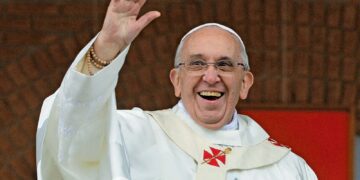














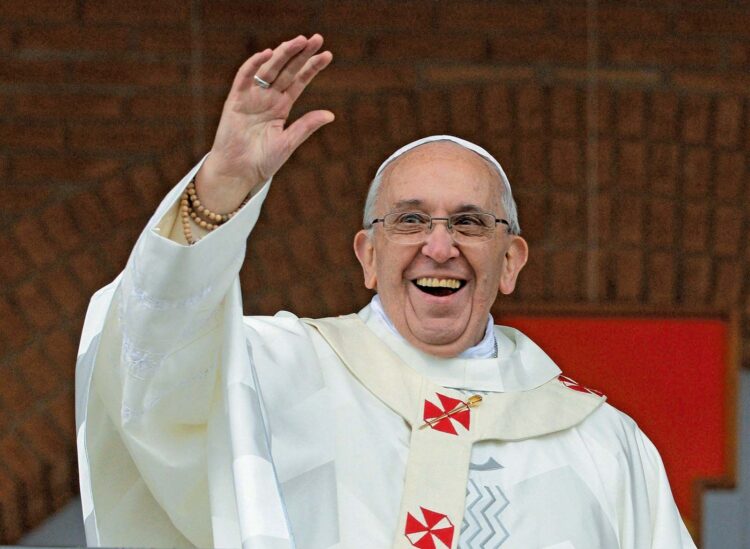





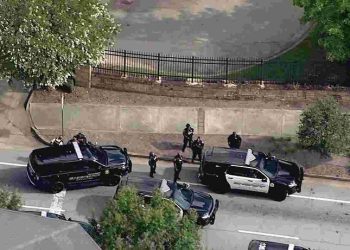

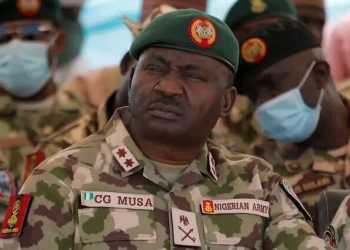
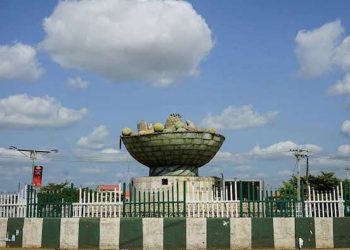

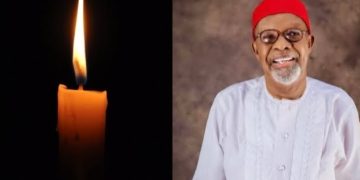

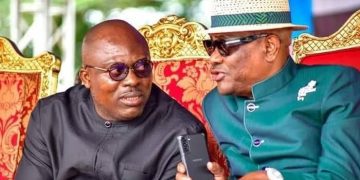

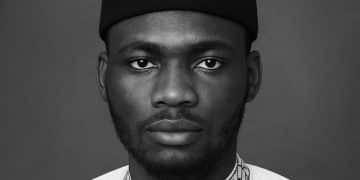


Comments 1